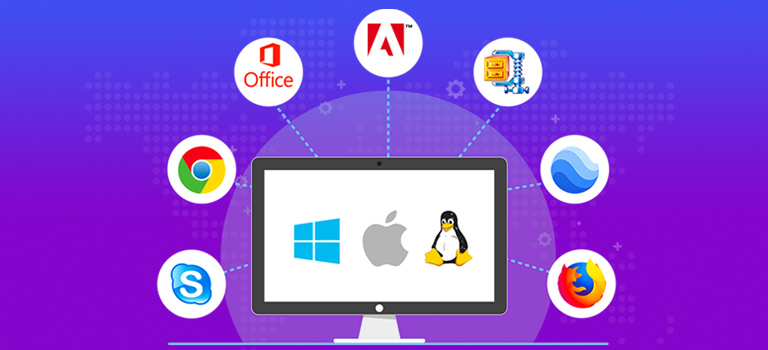Patch management is an essential part of sustaining IT services in this era of malware and growing cyber threats. Letting your guard down in network security makes your organization an easy target for cybercriminals. The responsibility for keeping the network safe and guarded is a herculean task, but automating the process can make any system administrator’s day. Here are a few steps that can be deployed to ensure efficient patch management:
1. Performing Periodic Patch Scans
Besides deploying necessary patches, it is vital to run scans periodically to detect missing patches. Once identified, the missing patches should be deployed promptly as a proactive measure to strengthen network security. When performed manually for a large organization, the process takes multiple days, but automating patch scans conserves time.
2. Scheduled Patch Deployment
Managing a large network with multiple endpoints is not child’s play. Having the option to schedule a convenient time to deploy patches ensures system availability and helps avoid bandwidth issues while making the patching process easier. Timely deployment of patches protects the system from potential threats.
3. Testing and Approving Patches
Testing the compatibility of a patch before deployment can help prevent system malfunctions and network disruptions. It’s similar to a vaccine being released without tests and trials; it could cause havoc due to side effects that weren’t detected. Using tested patches prevents unnecessary network failures and maintains network durability.
4. Consistent System Evaluation
Identifying and eliminating vulnerabilities as soon as they are detected is an important part of IT management. However, tracking your system’s security health can help you uncover a vulnerability much sooner so you can remove it before it causes harm to the network. Being proactive helps a sysadmin be aware of necessary actions to take beforehand for maintenance of the network. Using a consistent evaluation process aids in monitoring overall network health.
5. Automating Antivirus Updates
Some antivirus updates are released every 24 hours, and it is a tedious and time-consuming task for the sysadmin to manually update all the systems in a network. Automating and scheduling antivirus updates can optimize bandwidth consumption and reduce the workload of the sysadmin.
6. Maintaining Patch Reports
Reports being presented on a single screen enables faster evaluations and decisions. Maintaining reports for patch deployments and updates can provide better visibility into managed systems. Tracking missing patches and identifying un-updated systems can be an easier process using reports.
7. Declining Patches if Necessary
All that glitters is not gold. Some patch updates might create instability in test systems and some patches might not be business-critical in terms of requiring a sysadmin’s immediate attention. These patch updates can be scheduled to be deployed later to optimize both time and bandwidth consumption. This gives the sysadmin better control over updates installed in the network.
patch management solutions
To aid the sysadmin in balancing these responsibilities, a patch management solution is the need of the hour. Desktop Central’s Patch Management capabilities provide all these features in a single console. Desktop Central also enables automated patch management for third-party applications like Adobe Reader, Firefox, and Java. You can utilize Desktop Central’s System Health Policy to evaluate systems consistently and keep the sysadmin aware of the organization’s potential threats and vulnerabilities.
Desktop Central is also a unified endpoint solution that manages all endpoints from a central location. It can cater to your other business needs, including software deployment, configurations, asset management, power management, and remote control, through an integrated platform.
Sign up here for a 30-day, free trial of Desktop Central.
Aritri Saha
Tags: Automation, Cybersecurity, Endpoint Security, Endpoints, Patch Management



